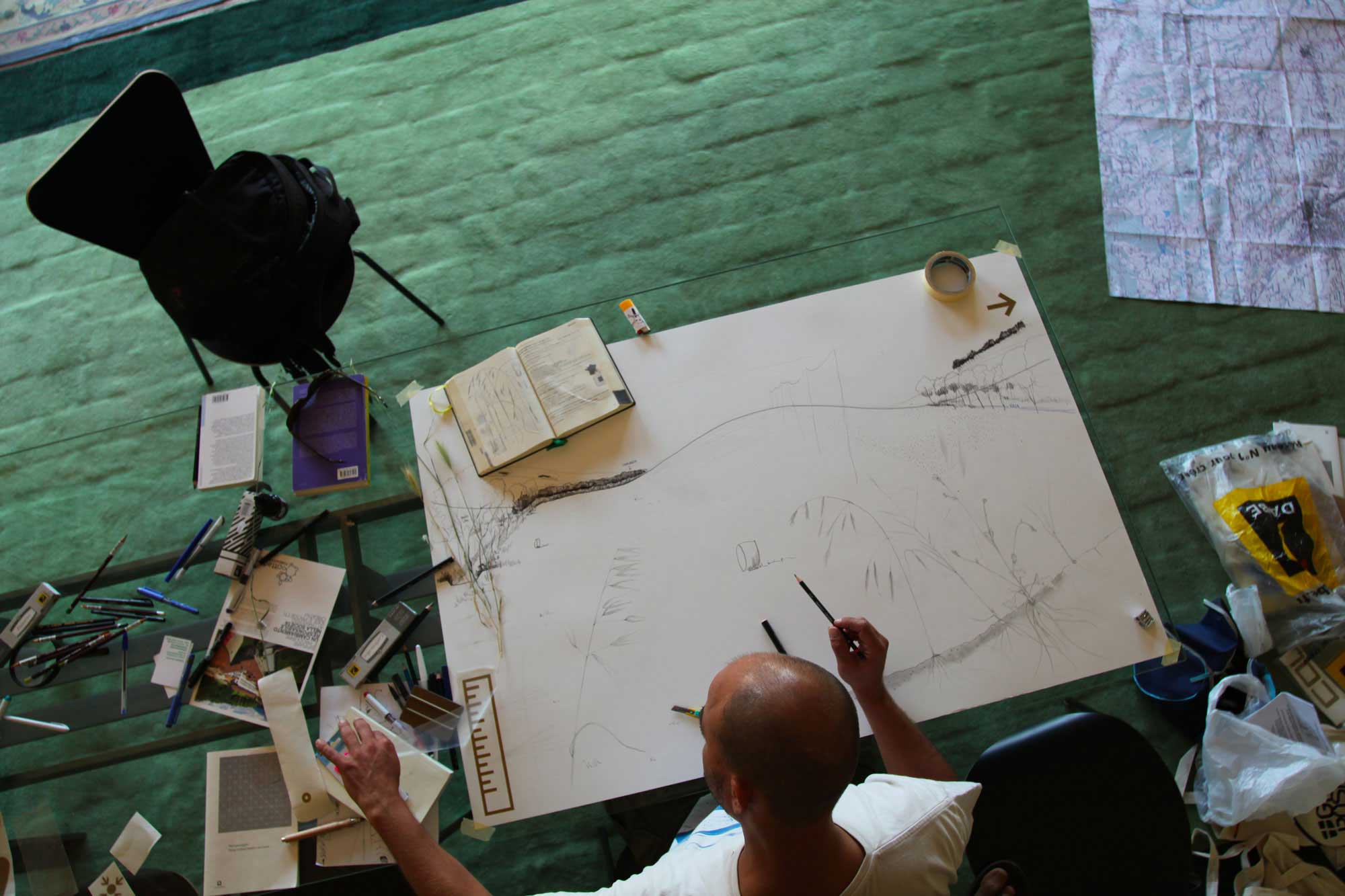The vineyards
At our farm La Raia we follow the biodynamic approach, not only dispensing with fertilizers, pesticides and herbicides, but also using the soil and its vital resources in a careful and responsible way
The Guyot Method
In late winter, starting with pruning, we guide the vines to obtain a more balanced quality production. We leave an average of 6 buds per vine, following the Guyot trellis system, which is suitable to basically droughty soils. Vine has an average height of about 50 cm, while canes are tied to the sustain thread, so to grow in a horizontal position. This grants a good sun exposure for leaves and grapes.
Prevention through organic substances
In summer, depending on the weather, cave sulphur and copper are sprayed in small doses to prevent diseases. A rose, planted at the beginning of each row, protects the vine from two enemies: the grape mildew and the oidium.
The green manure phase
In spring, when the vine starts sprouting, we remove any unwanted buds so that the plant’s energies can concentrate and the leaves can breathe in the sun’s light, equally distributed on the rows, without overlapping too much. Legumes and grasses, grown in the vineyard rows in autumn, are now ready to be dug down into the soil. Grasses are left to grow among rows and a green manure – made of graminaceous, crucifer and leguminous plants – enriches deeply the soil, adding earth and humus and maintaining the soil’s peculiar feature. We use soft machines to till the land among the rows.
Vintage following nature
In early autumn the grapes are ready for picking. Regular analysis is done to choose the optimum vintage time, as exposure to the sun and the age of the vine strongly influence maturation. The best grapes are selected, handpicked, placed in basket, and immediately brought to the press, to avoid the fermentation starts.
The Gavi Pisé vineyard
In the vineyards where the Gavi Pisé comes from, the plants have an ideal placing – South-South/West – which allows a complete and constant grapes ripening. The soil is loose, loamy sandy, with a typical light colour. It is well-drained and grass is left to grow from spring to the end of summer.
The biodynamic cultivation enabled the recovery of this vineyard original note. A green manure among the rows, dynamized horn manure to increase the soil deep fertility, stable humus coming from the farm, no pesticides, copper and cave sulphur sprayed in small doses in specific periods of the year. Pruning follows the moon descending phase. Soft machines till the land.
Gavi Pisé grapes are selected directly on the vine, handpicked and placed on conveyor belts immediately after the vintage, which usually takes place in mid-September.
Thanks to the grapes care and the particular soil the vines grow in, Gavi Pisé wine can age extremely well in the bottle – an extraordinary feature for a white wine. What captures most, though, are its tastes and perfumes, surprisingly able to evolve, even when the wine has been uncorked.
The 2018 edition of Gavi Pisé offers a further surprise: a one-year passage into oak barrels, which highlights all the varietal characteristics of the Cortese vine.

